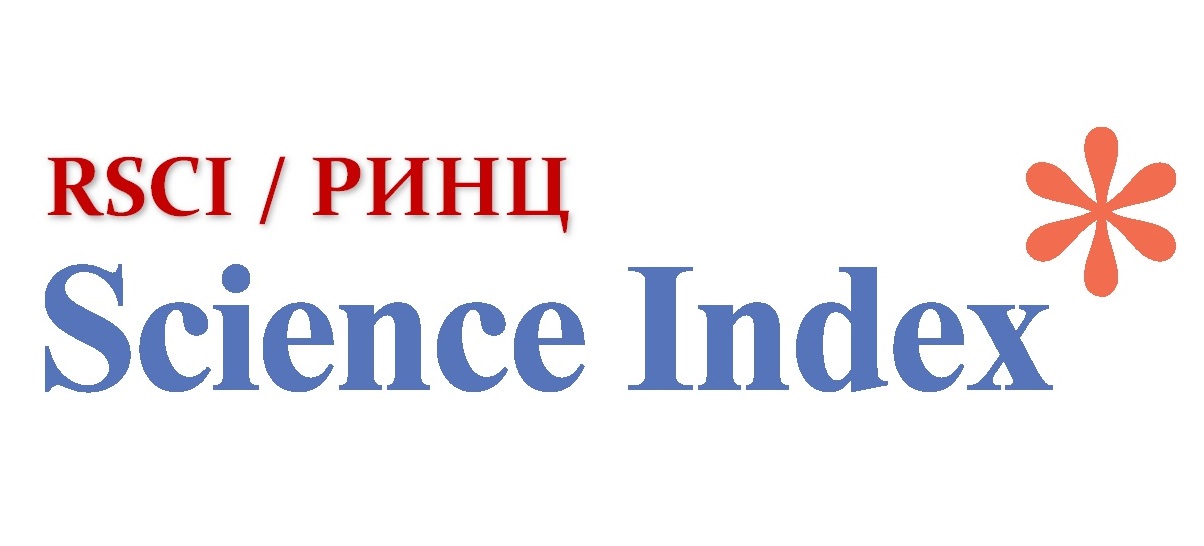Assessment of the impact of TSA on the standard of living of the population of Кazakhstan
Views: 247 / PDF downloads: 255
DOI:
https://doi.org/10.32523/2789-4320-2024-3-149-162Keywords:
social protection system, social policy, targeted social assistance, standard of living, poverty, income inequality, Gini indexAbstract
Abstract. The purpose of this work is to assess the impact of targeted social assistance on the standard of living of the population based on econometric analysis. The article examines the type of targeted social assistance in the system of socio-economic protection of the population and analyzes the impact of TSA on the standard of living of the population. Targeted social assistance should help improve the situation of the poor and very poor, especially to meet food needs. Basically, targeted social assistance should be aimed at raising the incomes of poor families to a living wage. The results of the study show that targeted social assistance to low-income households has very little impact on the well-being of the population. That is, this type of assistance cannot be the main means of reducing poverty and inequality. The reason for this extremely low effect is explained by the small average monthly size of the TSA and improper observance of the principle of receiving such social assistance. The article also proves that the share of TSA in the income of poor households is very low. 50% of barriers to access to targeted social assistance have been identified -insufficient awareness of the availability of targeted social assistance for the poor, this problem is especially pronounced in rural regions.
Downloads
Downloads
Published
How to Cite
Issue
Section
License
Copyright (c) 2024 G.R.Daulieva, A. G. Sagynbay

This work is licensed under a Creative Commons Attribution-NonCommercial 4.0 International License.






